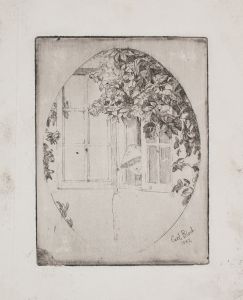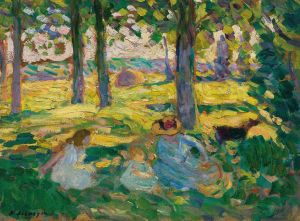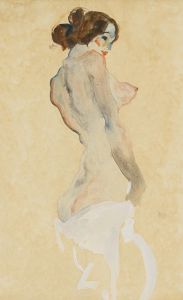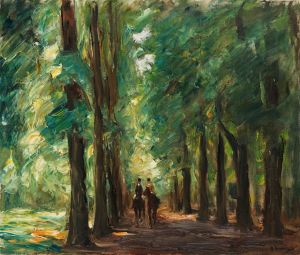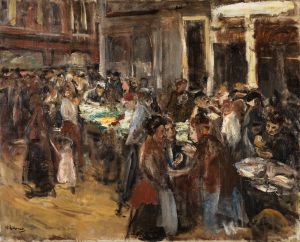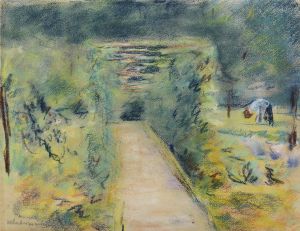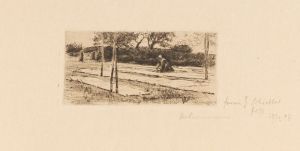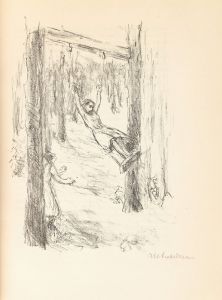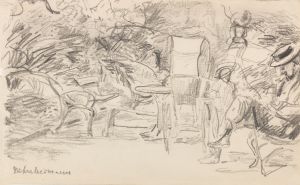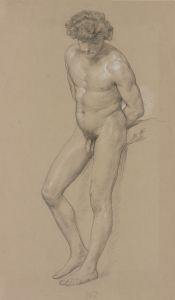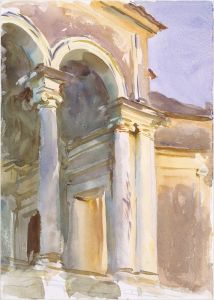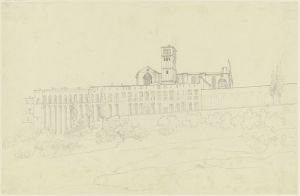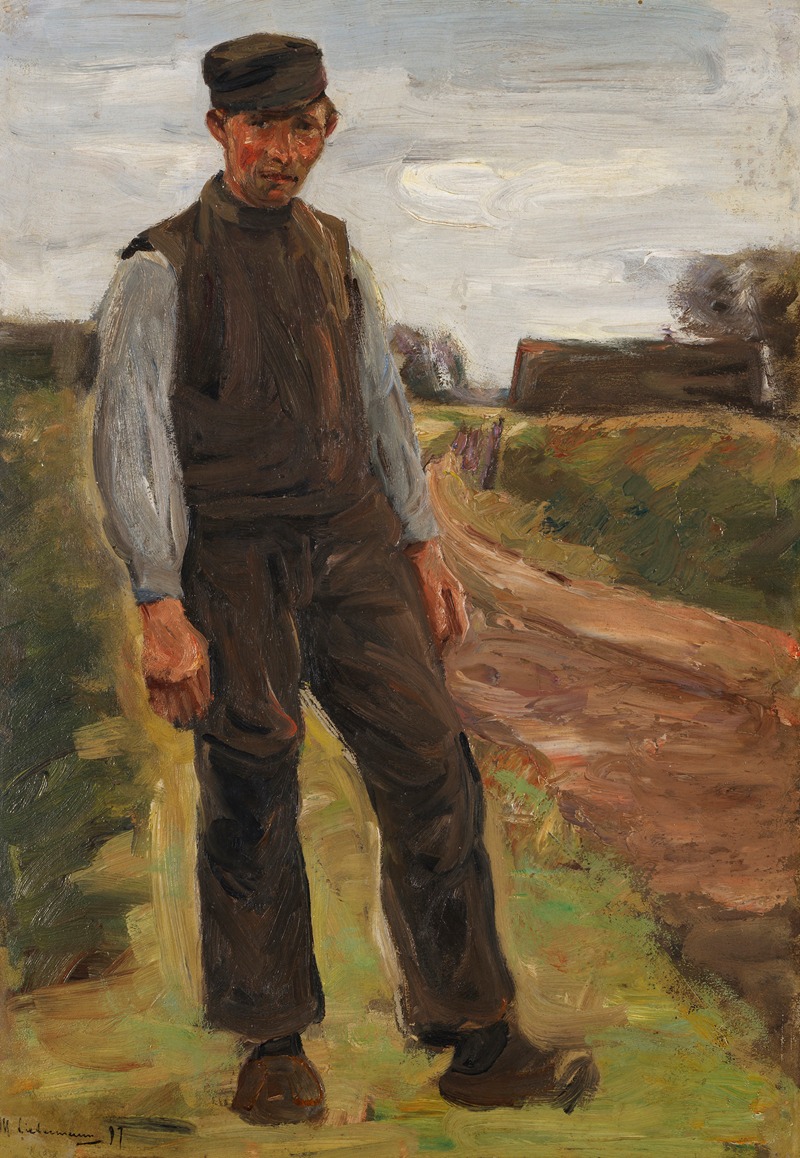
Stehender Bauer auf einem Wege
A hand-painted replica of Max Liebermann’s masterpiece Stehender Bauer auf einem Wege, meticulously crafted by professional artists to capture the true essence of the original. Each piece is created with museum-quality canvas and rare mineral pigments, carefully painted by experienced artists with delicate brushstrokes and rich, layered colors to perfectly recreate the texture of the original artwork. Unlike machine-printed reproductions, this hand-painted version brings the painting to life, infused with the artist’s emotions and skill in every stroke. Whether for personal collection or home decoration, it instantly elevates the artistic atmosphere of any space.
Max Liebermann's painting Stehender Bauer auf einem Wege (translated as Standing Farmer on a Path) is a work by the renowned German painter and printmaker Max Liebermann (1847–1935). Liebermann is widely regarded as one of the leading figures of German Impressionism and a key proponent of modern art in Germany during the late 19th and early 20th centuries. His works often depict scenes of rural life, labor, and leisure, reflecting his interest in realism and his admiration for the French Impressionists and the Barbizon School.
Stehender Bauer auf einem Wege portrays a farmer standing on a path, a subject consistent with Liebermann's focus on rural and agrarian themes. The painting exemplifies Liebermann's ability to capture the dignity and simplicity of everyday life, particularly in the countryside. His works often emphasize the harmony between humans and their natural surroundings, and this painting is no exception. The farmer is depicted in a naturalistic pose, with a sense of quiet contemplation, standing amidst a rural landscape.
Liebermann's technique in this painting reflects his mature style, characterized by loose brushwork, a subtle yet dynamic use of light and shadow, and a muted color palette. These elements combine to create a sense of immediacy and atmosphere, drawing the viewer into the scene. The composition is straightforward, focusing on the figure of the farmer and the surrounding environment, which underscores Liebermann's interest in the unembellished realities of rural life.
The exact date of creation for Stehender Bauer auf einem Wege is not definitively documented, but it is likely to have been painted during the late 19th or early 20th century, a period when Liebermann frequently explored themes of rural labor and landscapes. During this time, Liebermann was influenced by his travels to the Netherlands, where he observed and painted scenes of peasant life and agricultural work. These experiences had a profound impact on his artistic development and thematic focus.
As with many of Liebermann's works, Stehender Bauer auf einem Wege reflects his commitment to portraying the everyday lives of ordinary people with empathy and respect. The painting is an example of how Liebermann sought to bridge the gap between realism and impressionism, capturing both the physical and emotional essence of his subjects.
Further details about the provenance or current location of Stehender Bauer auf einem Wege are not readily available in public records. Liebermann's extensive body of work is housed in various museums and private collections worldwide, with significant holdings in institutions such as the Alte Nationalgalerie in Berlin and the Städel Museum in Frankfurt.





